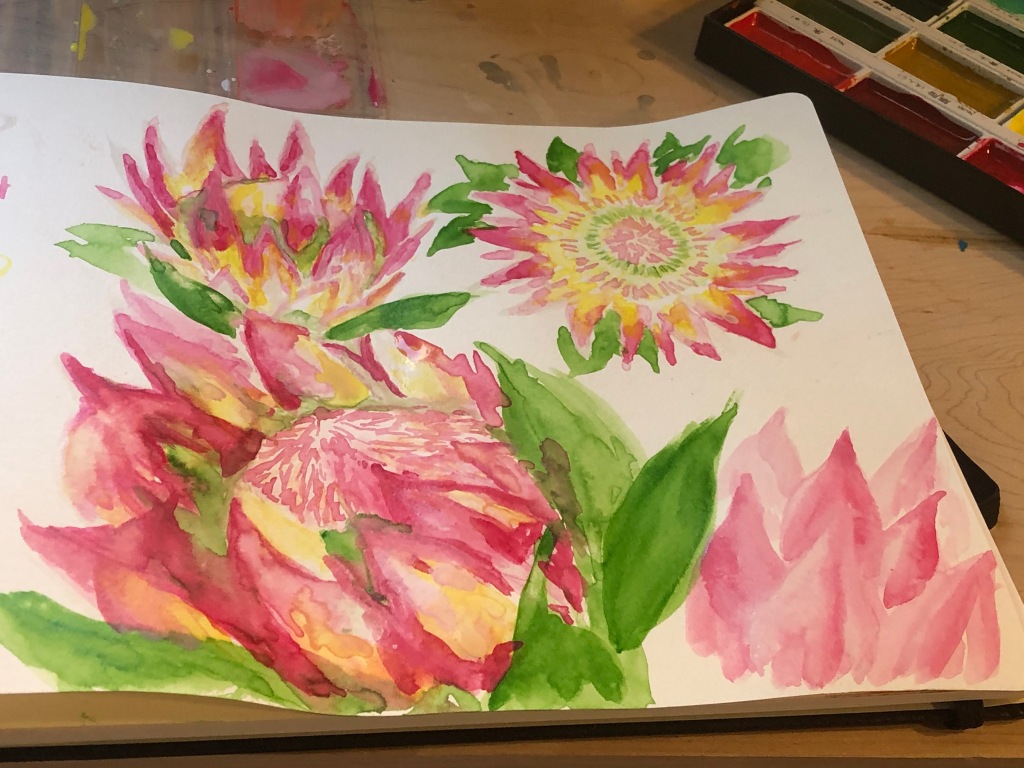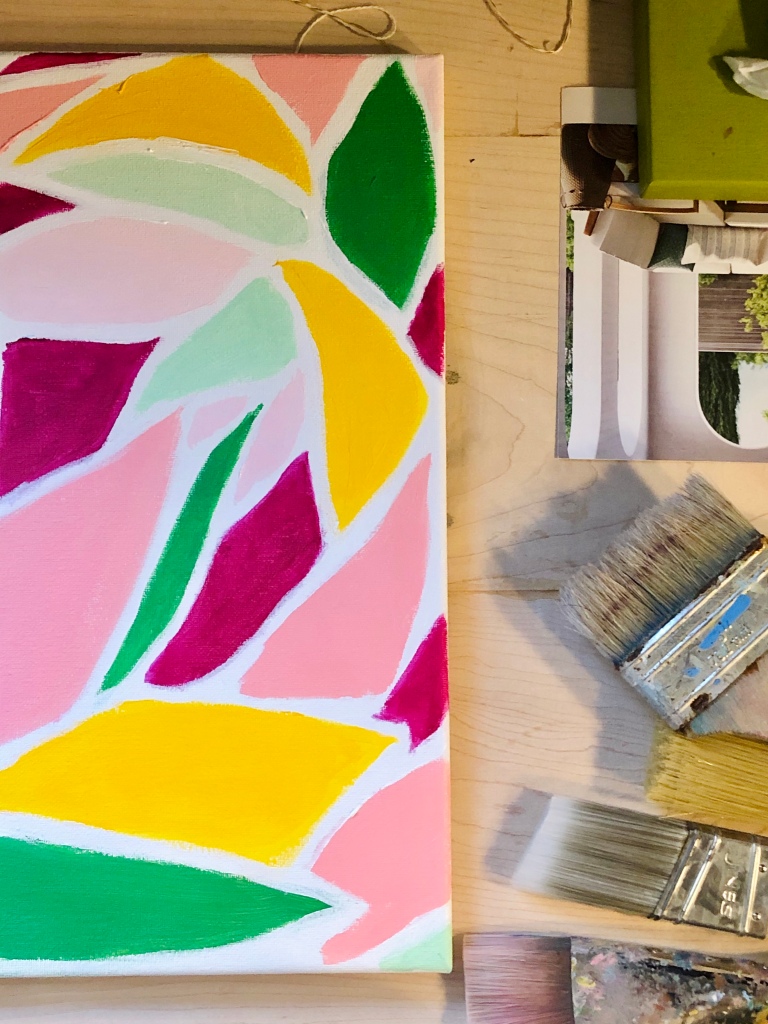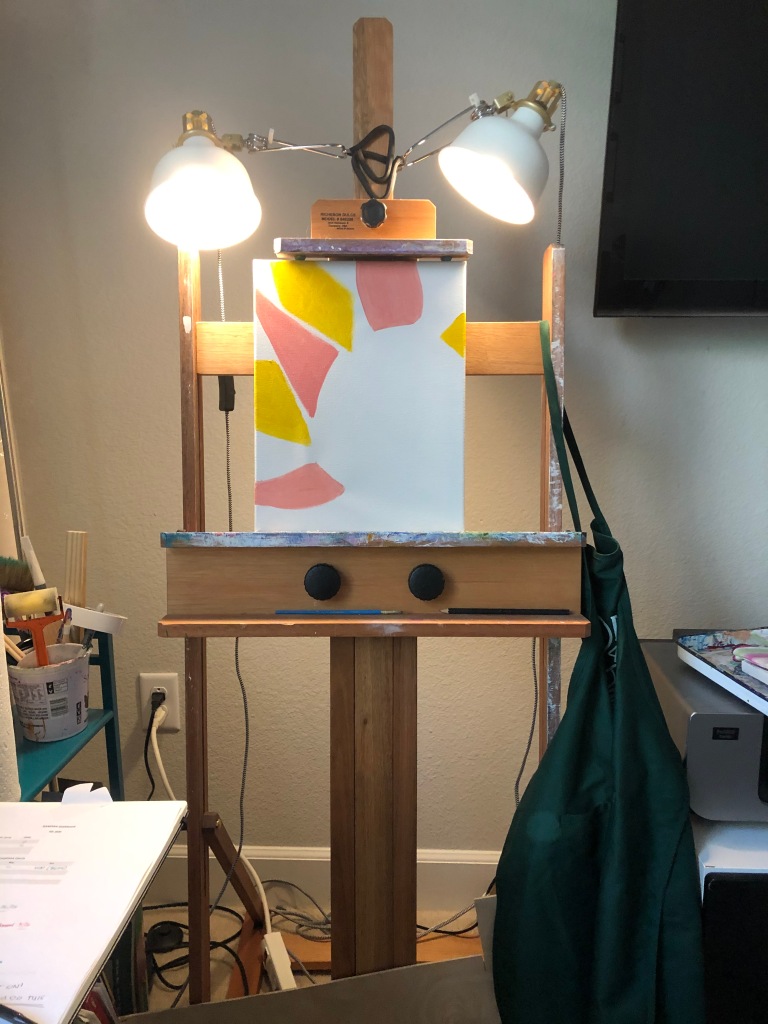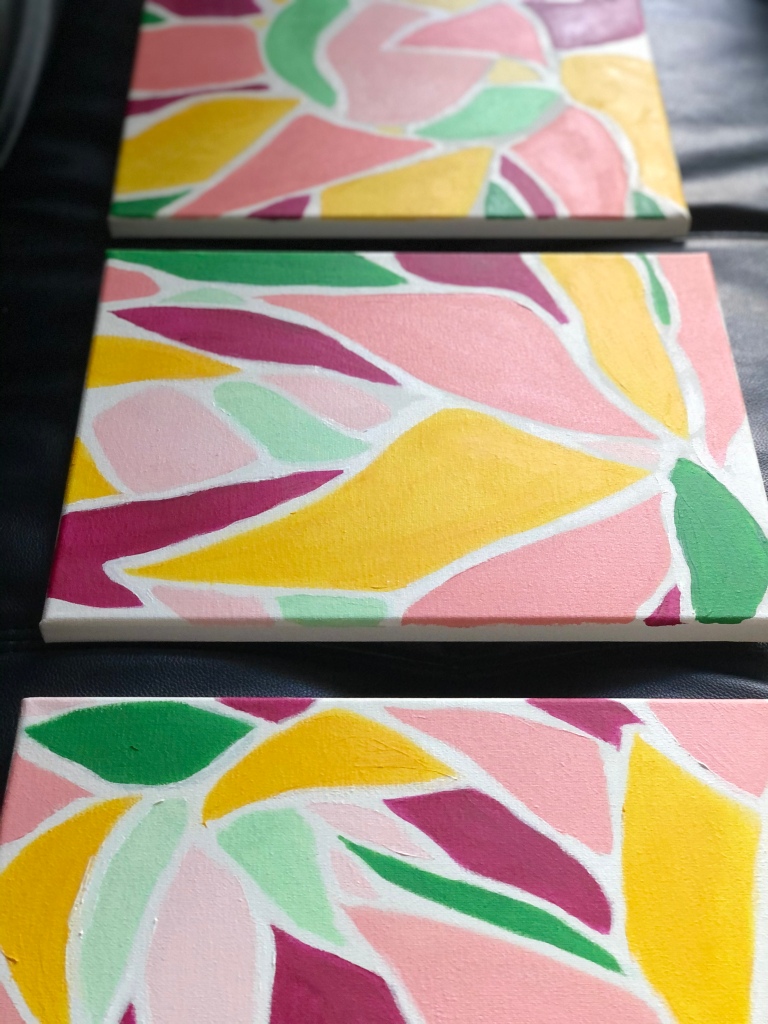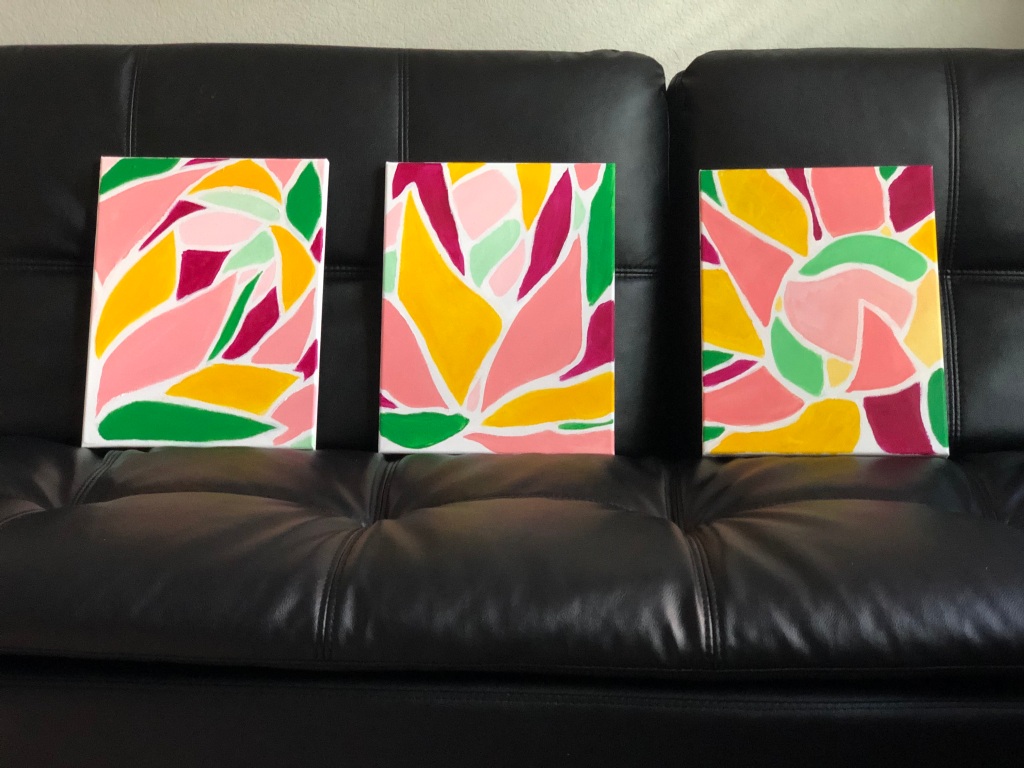The Protea Project: Decolonizing Fine Art
Share
I started writing a post a few weeks back regarding the recent events surrounding the pandemic and police brutality, but never hit the “Publish” button. Even though it was so detailed and lengthy, I didn’t feel like it said enough about what was in my heart. I kept editing and re-editing, and then in the end, I scrapped it and started over. Basically, this post is here to tell you straight up–BLACK LIVES MATTER. And as a woman, a person of color, an artist, and a mental health clinician, I want to take a stand and be clear about what my values are and what I am willing to fight for. Injustice continues in our communities and I would be remiss to ignore what has been a blight in our society, especially when human lives are at stake.
With the BLM-led protests and calls for social justice raised other questions about how the current world operates unfairly against minority groups. Decolonization has been on my mind. These past few weeks have been heavy, and I felt it weigh me down. But I wanted to do something constructive with my tempestuous feelings of anger, frustration, and despair. Art has always been a refuge for me during my darkest times. I spent a lot of time being quiet, listening, learning. Art and design are not separate from any of the recent conversations about race, politics, and injustice. It’s been widely known that there is a “preferred” or a set standard even when it comes to what we consider “professional” or “fine art.” All the prominent museums and art galleries will show you matter-of-factly that the supreme fine artists that are celebrated are old, white, and male. And it’s been like that for ages. To this day, I struggle to name more than a handful of BIPOC painters that have “made it” in the art world–and I’m super ashamed of that. Because there is so much to be discussed within this topic, I encourage you to learn more on this separately (start here: What Does it Mean to Decolonize Design?; Decolonizing Art History; Art & Morality with Michelle Hartney & Decolonize This Place). How do we shift the power and recalibrate to better represent artists from all backgrounds?
In my search and exploration of what decolonizing and redefining what fine art and design means to me, I examined the types of art I’ve been making more recently. I’ve been busy painting tropical abstracts for some time now in the past year, and I remember being previously insecure about the ideological shift my art was taking. And I now realize that, heck, I’m just here doing my thing. Painting what I want to paint and creating what sincerely resonates with me. I’m done feeling sorry for myself and questioning my art journey. I’m painting my reality. I’m creating a representation of my life experiences and what matters to me–be it my Filipino-American background, my international upbringing, or my particular interest in mental and emotional health represented in my work.
Fully embracing the journey towards decolonizing what fine art is led me to dive deeper into the beauty of tropical nature. I felt so liberated. Such freedom to explore led me towards a particularly intriguing flower known as King Protea. I knew I had found my next muse.
King Protea is a big, spiky, and full-blooming showstopper that grows in the most difficult conditions. Interestingly, Proteas have evolved to withstand wildfires, now a way to promote their seed germination and propagation. There are more than hundreds of types of Proteas, and they grow abundantly in tropical climates all over the world, including South Africa. Somehow, this idea about decolonization of fine art and tropical nature captured my attention. I went to work.
Is it possible to apply this same openness and acknowledgement of beauty from a minority lens and decolonize what fine art means? Can I create a window through which individuals can respectfully learn about my Filipino culture without classifying it as other? Can I really help break the learned association between the images of tropical nature as decorative versus fine art? Is it possible to use art as a vehicle for inspiring others to rethink their old notions about the world?
So far, the Protea Project has shown me that representation is important. When we see more people that look like us, talk about the things we like, grew up experiencing, and the communities we belong to, we feel seen. Minority groups and interests are not less than. Beauty, talent, and meaning is not for one group of people to lay claim to. My goal with the Protea Project is to slowly unravel those previously impenetrable perspectives and encourage people to recognize beauty outside of their own bubble.
See these images for what they are–beautiful and true. Fine art.
With the hope of less vitriol, oppression, and division in our current world, I stay focused with the possibility of reaching more brave, vulnerable hearts with a sincere willingness to listen and move forward together.
Let’s keep going.
-Danessa



